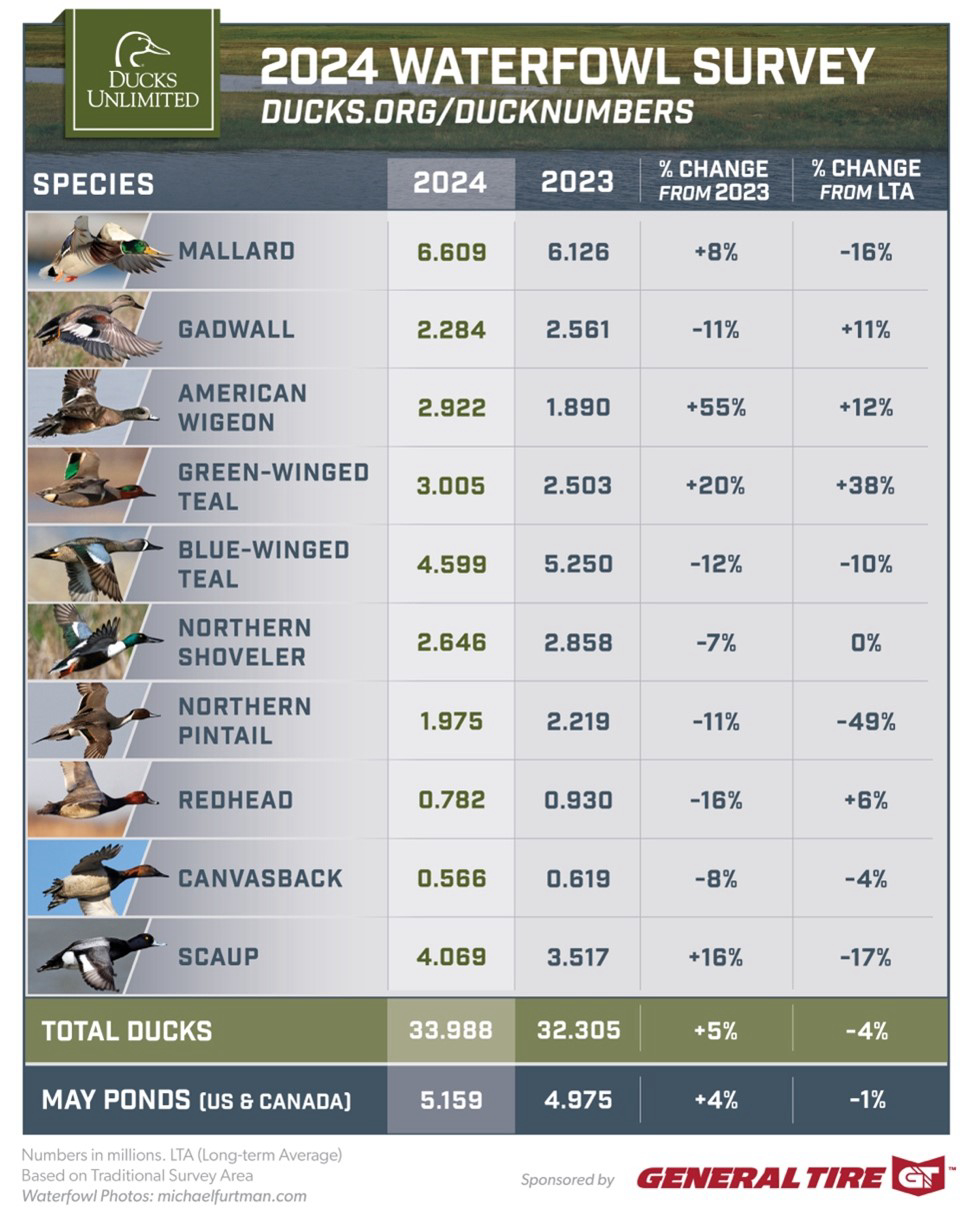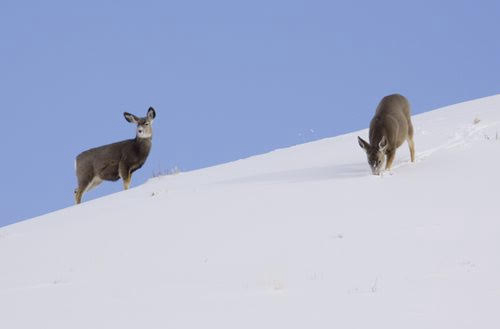MI DNR finds 2014 firearm deer harvest down from last year
The 2014 firearm deer season wrapped up Nov. 30, and challenging conditions and lower deer numbers in some areas likely have led to fewer deer being taken this year. Each year the Department of Natural Resources generates preliminary estimates of the firearm deer harvest shortly after the season closes. Those estimates are later replaced by a rigorous assessment of harvest and participation over all deer seasons using an annual hunter mail survey.
The 2014 firearm deer season harvest appears to have decreased in all regions this year, but particularly in the Upper Peninsula. Experiences can differ widely within regions. DNR biologists estimate that, compared to 2013, the harvest was down approximately 30 to 40 percent across the Upper Peninsula, decreased perhaps as much as 10 percent in the northern Lower Peninsula, and was down about 5 percent in the southern Lower Peninsula.
Deer populations in the Upper Peninsula are down after two severe past winters. The DNR significantly reduced antlerless quotas prior to this season and has invested in habitat improvement and research assessing the role of predators, habitat and weather conditions in driving U.P. deer abundance. The 2014 deer season forecast indicated hunters should expect to see fewer deer in the region, and some locations also saw more than 40 inches of snow accumulation before the firearm season opened, making hunting access challenging and driving deer to migrate out of such areas earlier than normal.
“The number of deer brought to our check stations declined as much as 60 percent in some locations, though hunter success was somewhat better in areas with higher deer densities,” noted Upper Peninsula Regional Supervisor Terry Minzey. “Winter severity has moderated since then, but we’ll continue to monitor conditions and regional deer populations through the months to come.”
Deer harvest did not decline so dramatically in the Lower Peninsula. “The tough winter last year did not impact deer populations below the bridge as it did in the Upper Peninsula,” noted Ashley Autenrieth, Wildlife Division deer biologist for the northern regions. “But reduced antler size this season indicated deer condition was affected.”
Concentrations of standing corn that provide secure cover for deer contributed to adverse hunting conditions in some locations. Brent Rudolph, Wildlife Division research specialist, also shared that “department research in one southern Michigan study area indicates deer numbers are still only slowly rebounding following an extensive outbreak of epizootic hemorrhagic disease several summers ago.” The research project is being conducted in collaboration with Michigan State University, with assistance from many hunter volunteers, and also has received financial support from Safari Club International.
Rudolph also stressed the importance of cooperation with Michigan’s hunter harvest survey, what he called “a vital tool for Michigan’s deer program, and another important way in which data provided by hunters contributes to our information base.”
Hunters who do not receive a survey in the mail but who wish to provide their hunting and harvest information may visit www.michigan.gov/deer and select the “Complete a Deer Harvest Survey Online” link. Hunters should only provide this information once they have completed all of their 2014 deer hunting activities.
For more information about hunting opportunities or deer management in Michigan, go online to www.michigan.gov/hunting or www.michigan.gov/deer.
The Michigan Department of Natural Resources is committed to the conservation, protection, management, use and enjoyment of the state’s natural and cultural resources for current and future generations. For more information, go to www.michigan.gov/dnr.
Contact: Brent Rudolph, 517-641-4903, ext. 248; Ashley Autenrieth, 989-732-3541; or
Ed Golder, 517-284-5815





